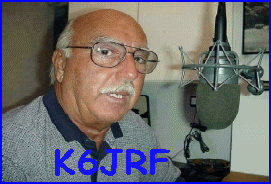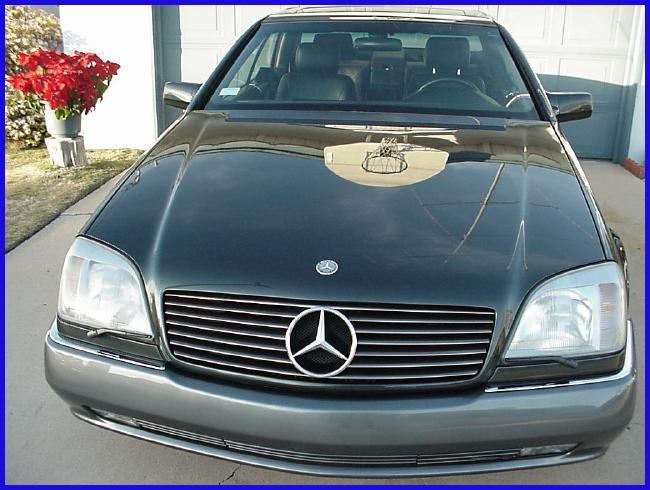Fault Table, DTC Readout, Ignition Control Module (N1/3)
Socket 1: Black (Ground)
Socket 3: Red (+12.5V)
Socket 17: Yellow (Pin for DI DTC readout)
* Spark plugs, ignition wires of respective cyclinder, high-voltage distributor
DI Diagnostic Tests refer to MB's service manual tests that further fault isolate the problem
| DTC Readout |
Possible Cause |
Remedy/Test Step |
| 1 |
No Faults in System |
- |
| 2 |
Maximum retard setting on at least one cylinder has been reached |
Increased knock due to poor fuel quality, carbon buildup, mechanical damage |
| 3 |
Not Used |
- |
| 4 |
Load Sensor in ignition control module (N1/3) defective |
Check vacuum supply to Ign control module (N1/3): Replace N1/3 |
| 5 |
Knock Sensor (A16) 1 and/or 2 defective |
Knock sensor not plugged in at Ign module: Replace knock sensor |
| 6 |
Camshaft position sensor (L5/1) defective |
Run DI Diagnostic tests: Step 1.0 |
| 7 |
Knock control output switch in ignition control module (N1/3) defective |
Replace N1/3 |
| 8 |
Transmission overload switch (S65) does not close |
Run DI Diagnostic tests: Step 5.0 |
| 9 |
Transmission overload switch (S65) does not open |
Run DI Diagnostic tests: Step 6.0 |
| 10 |
Not Used |
- |
| 11 |
Reference resistor (R16/2) in ignition control module (N1/3) defective |
Run DI Diagnostic tests: Step 4.0 |
| 12 |
TN-Signal (engine RPM) is outside of tolerance range |
Run DI Diagnostic tests: Step 7.0 |
| 13 - 14 |
Not used |
- |
| 15 |
Ignition coil 1 output from ignition control module (N1/3) defective or primary winding of ignition coil has open circuit |
Run DI Diagnostic tests: Step 7.0 |
| 16 |
Ignition coil 2 output from ignition control module (N1/3) defective or primary winding of ignition coil has open circuit |
Run DI Diagnostic tests: Step 8.0 |
| 17 |
Crankshaft position sensor defective (L5) |
Run DI Diagnostic tests: Step 4.0 |
| 18 |
Magnets for crankshaft position sensor (L5) not recognized |
Run DI Diagnostic tests: Step 5.0 |
| 19 |
Not used |
- |
| 20 |
Ignition control module (N1/3) DTC memory defective |
Replace N1/3 |
| 21 |
Load sensor in ignition control module (N1/3) defective (recognized with engine running) |
Replace N1/3 |
| 22 - 25 |
Not used |
- |
| 26 |
Ignition control module (N1/3) data exchange fault |
Run DI Diagnostic tests: Step 8.0 - 9.0 |
| 27 |
LH Control Unit (N3/1) data exchange fault |
Run DI Diagnostic tests: Step 8.0 |
| 28 |
Electronic accelerator control module/idle speed control data exchange fault |
Run DI Diagnostic tests: Step 8.0 |
| 29 - 33 |
Not Used |
- |
| 34 |
Ignition misfire cylinder 1 (engine 104) 1 (engine 119) |
* |
| 35 |
Ignition misfire cylinder 2 (engine 104) 2 (engine 119) |
* |
| 36 |
Ignition misfire cylinder 3 (engine 104) 3 (engine 119) |
* |
| 37 |
Ignition misfire cylinder 4 (engine 104) 4 (engine 119) |
* |
| 38 |
Ignition misfire cylinder 5 (engine 104) 5 (engine 119) |
* |
| 39 |
Ignition misfire cylinder 6 (engine 104) 6 (engine 119) |
* |
| 40 |
Ignition misfire cylinder 7 (engine 119) |
* |
| 41 |
Ignition misfire cylinder 8 (engine 119) |
* |


 The EZL/AKR control module receives information concerning:
The EZL/AKR control module receives information concerning: